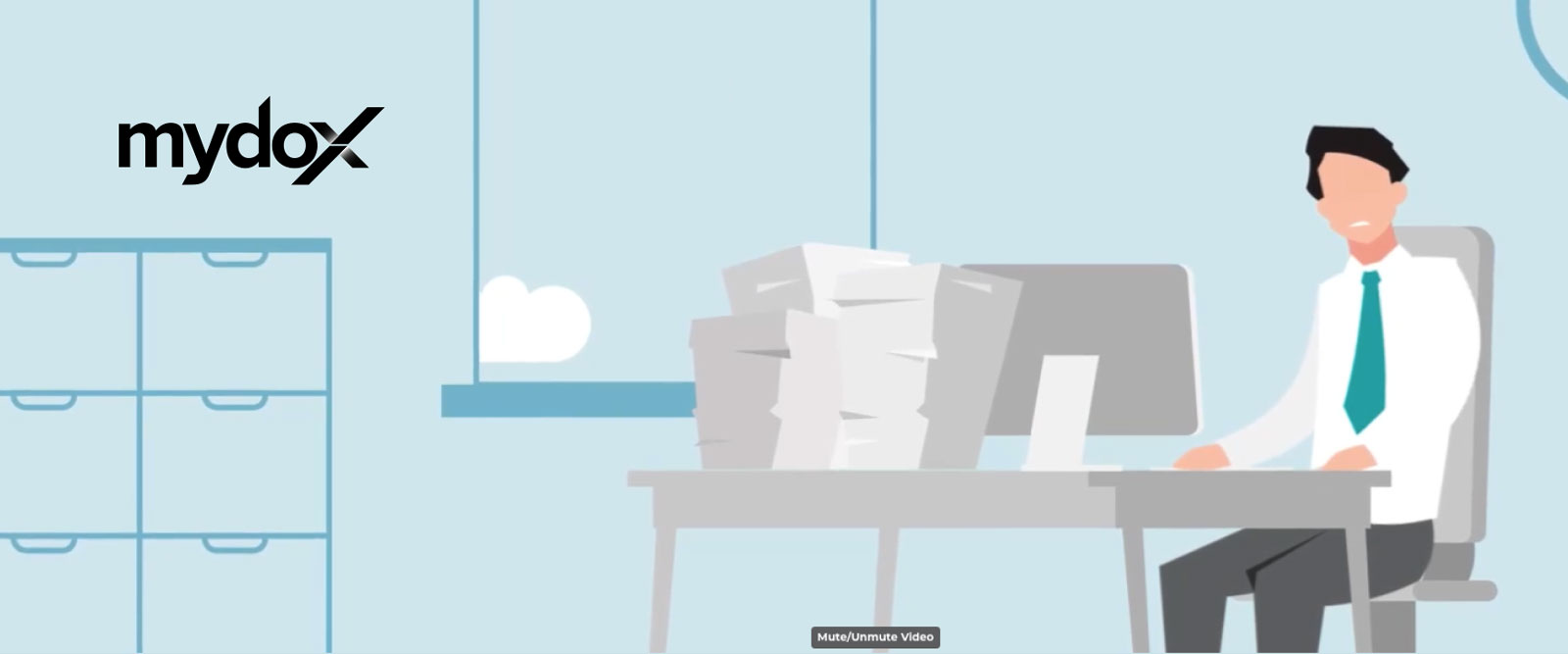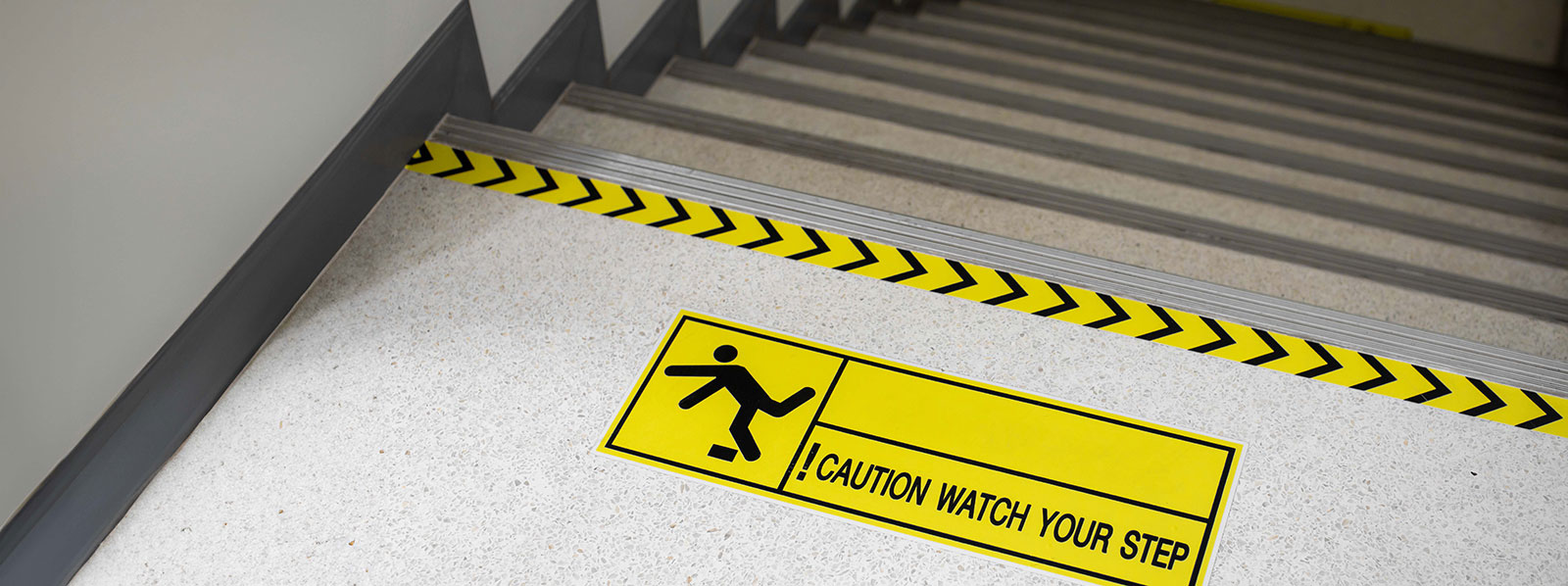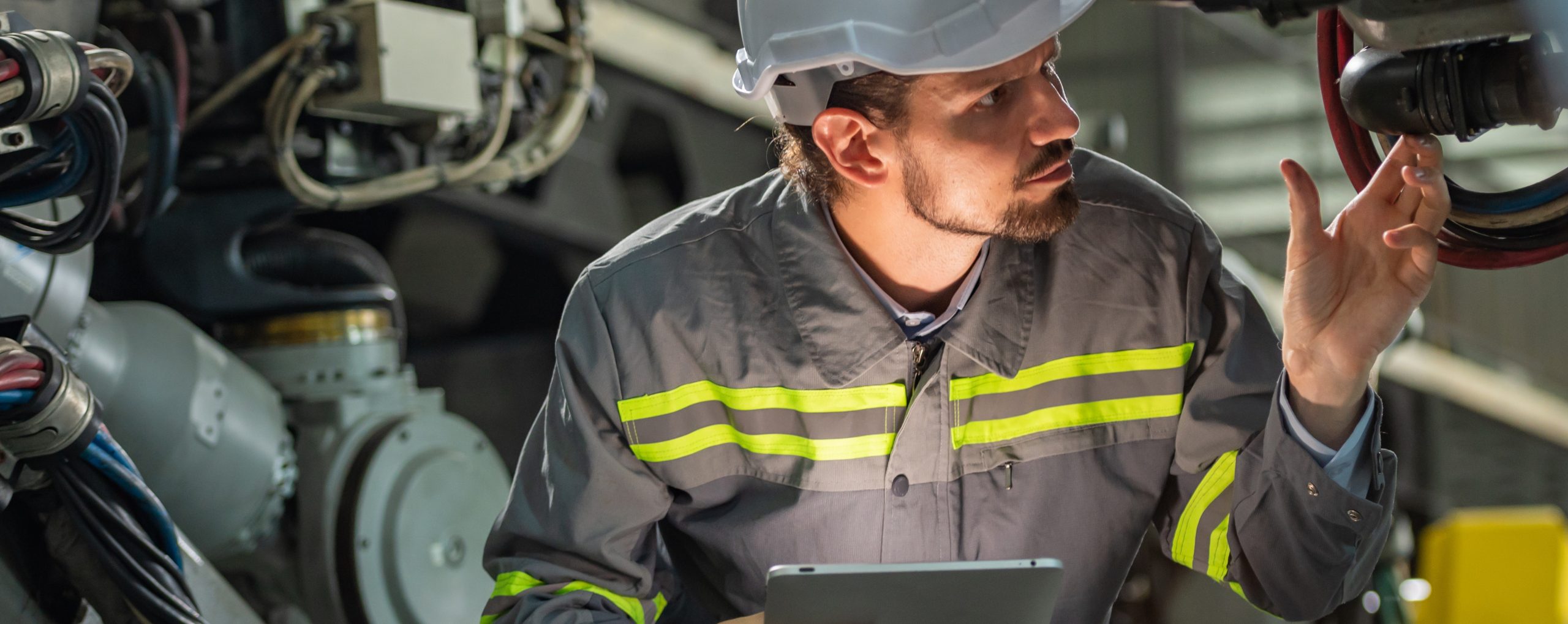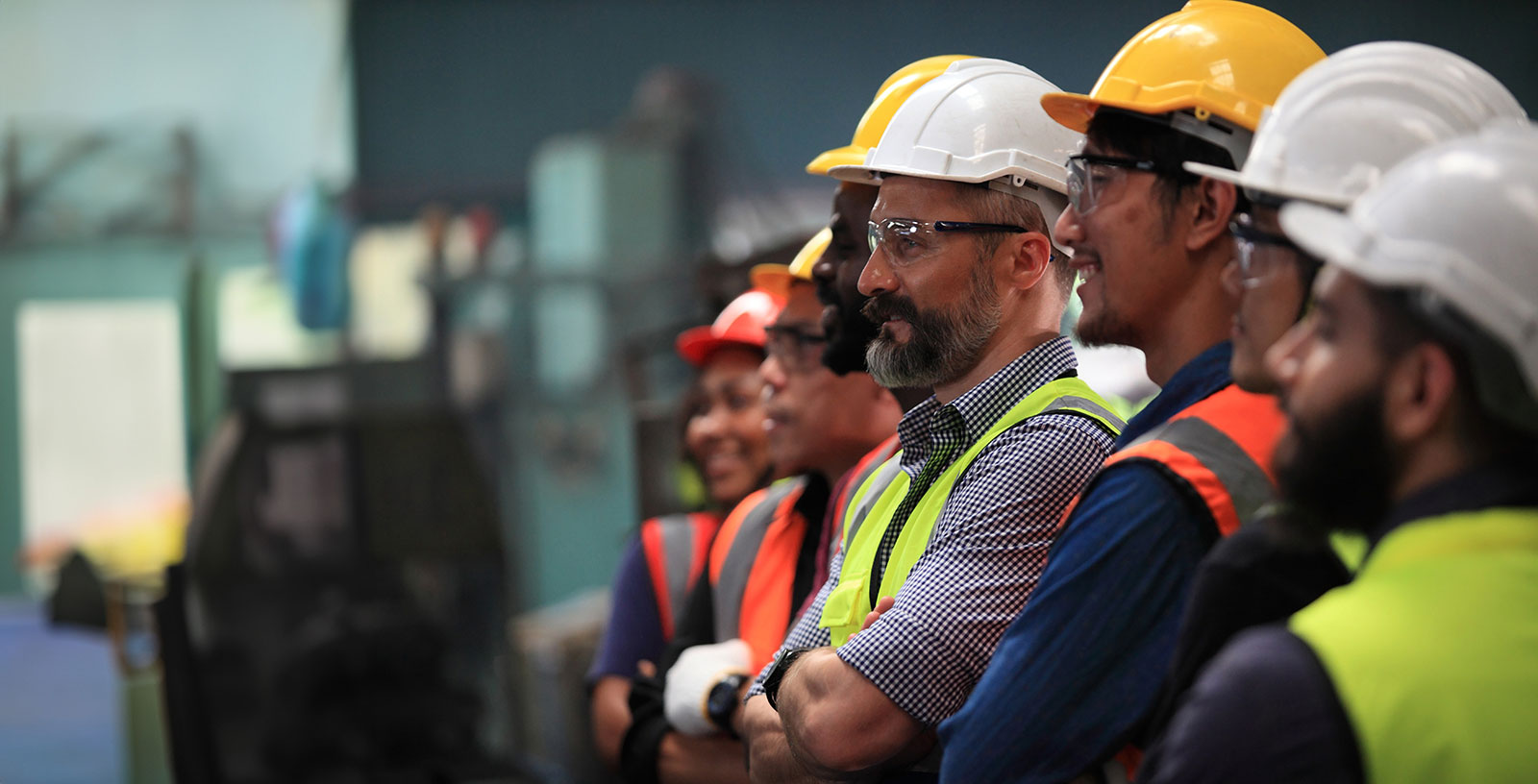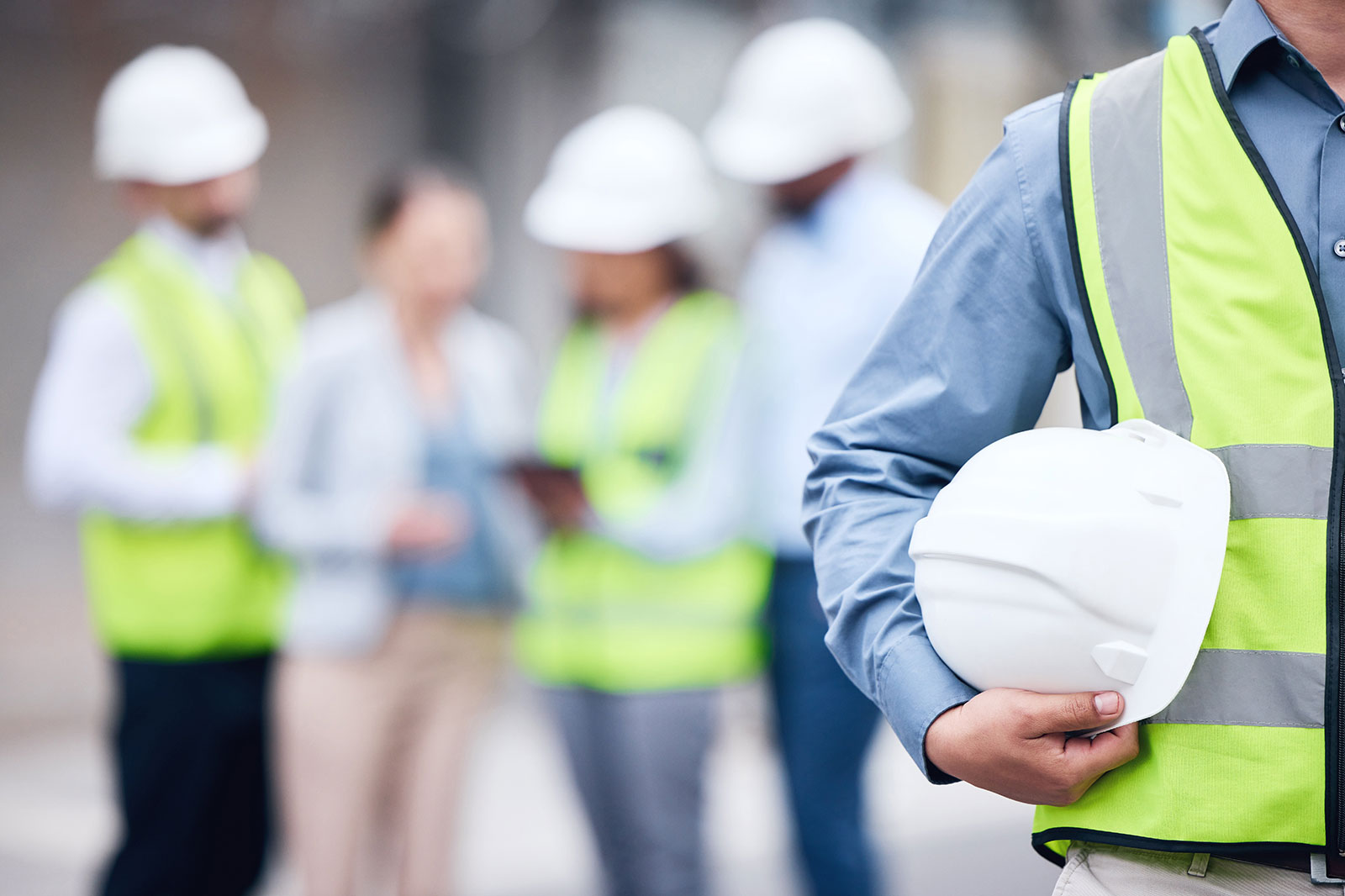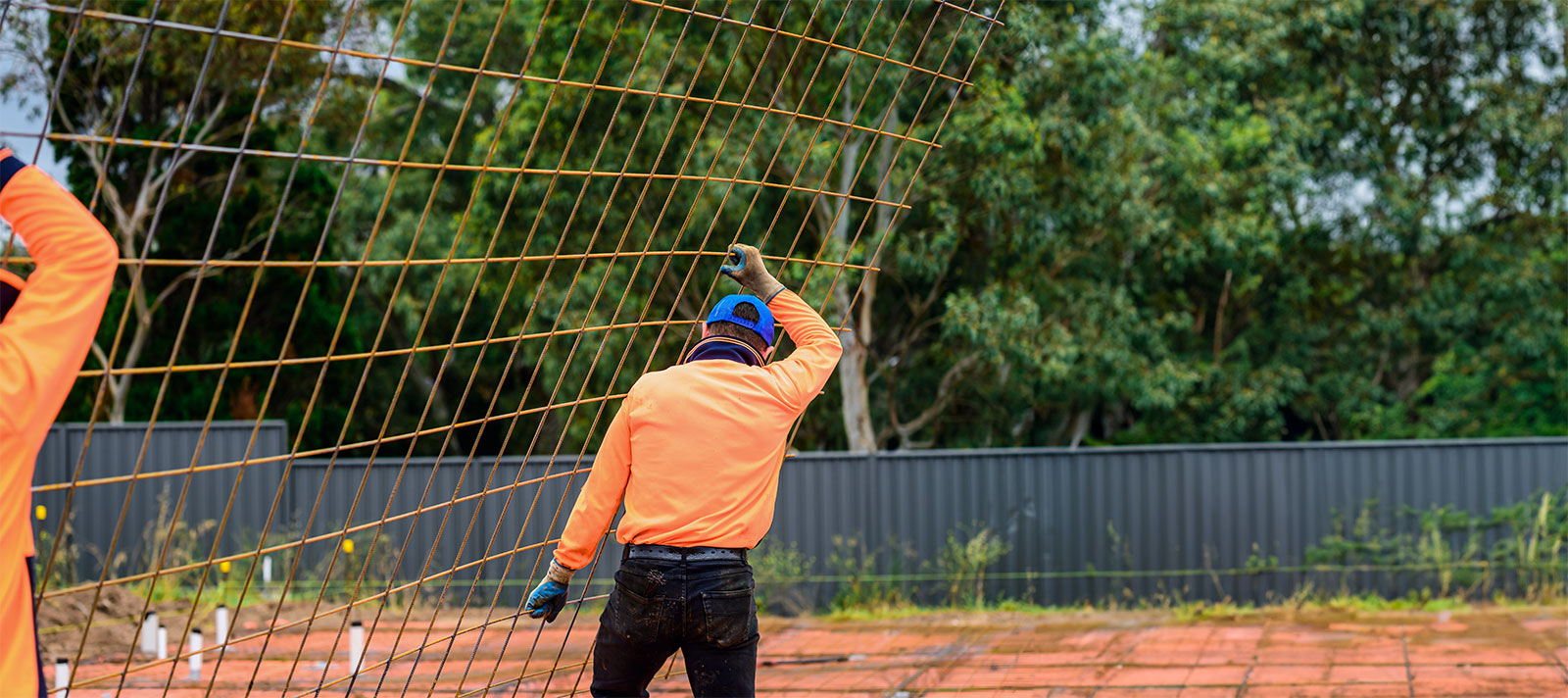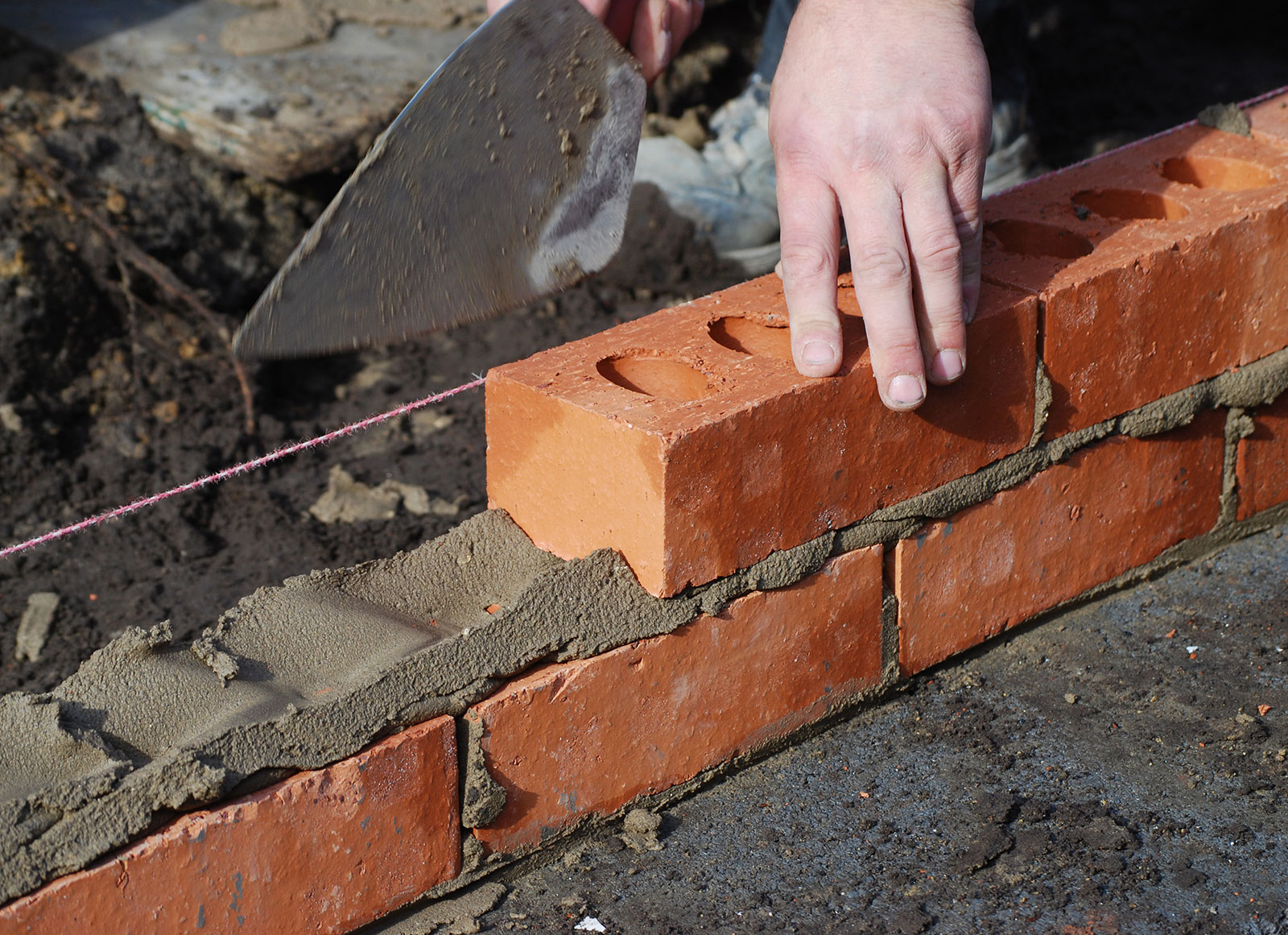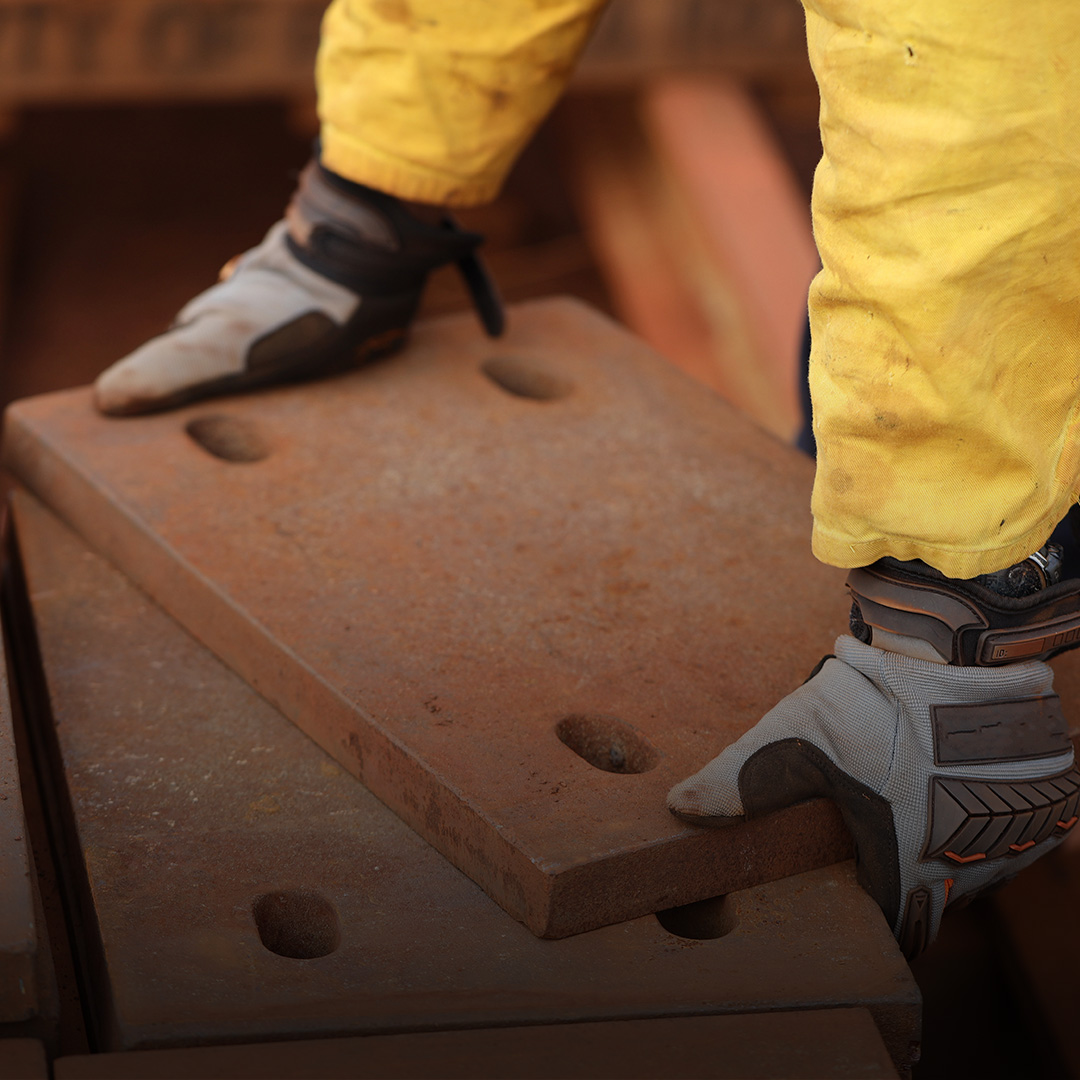
Construction Industry
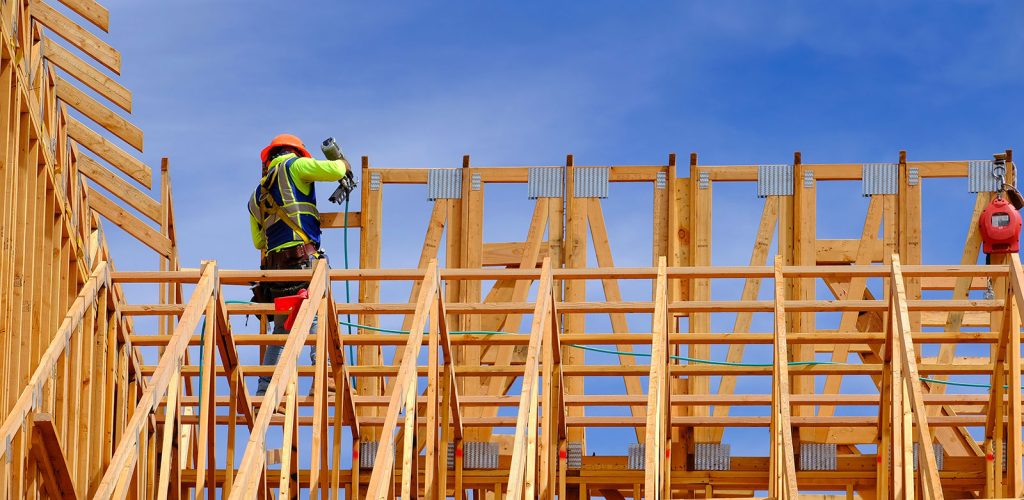
Safety risks in construction
Heights
Fall from heights is a significant risk in the construction and industrial sectors and requires management of equipment, procedures, team training, awareness, inductions and safe work method statements (SWMS).
Electrical Hazards
Electrical hazards in the workplace refer to potential dangers associated with the use of electricity that can pose a risk to the safety and health of individuals in a given work environment. These hazards can lead to electrical accidents, injuries, or even fatalities if not properly managed. Identifying and mitigating electrical hazards is crucial to ensure the well-being of workers and prevent damage to equipment. Some common electrical hazards in the workplace are:
- Electric shock
- Arc Flash
- Arc Blast
- Electrical fires
- Overloaded circuits
- Exposed wiring
- Inadequate grounding
- Unsafe electrical equipment
- Working near power lines
- Lack of electrical safety training
- Inadequate Lockout/Tagout procedures
Confined Spaces
A confined space is defined by certain characteristics that distinguish it from other workspaces. Examples of a confined space are:
- Tanks
- Silos
- Vats
- Boilers
- Pipelines
- Sewers and underground vaults
- Workshop pits
Working in confined spaces poses unique challenges and risks due to factors such as limited ventilation, restricted access, and the potential for hazardous atmospheres. Therefore, safety protocols and regulations are often in place to ensure the protection of workers. Employers are required to conduct thorough assessments of confined spaces, implement proper safety measures, and provide appropriate training for workers entering and working in these spaces. Additionally, the use of permits, known as confined space entry permits, is common to control and authorize work in confined spaces.


